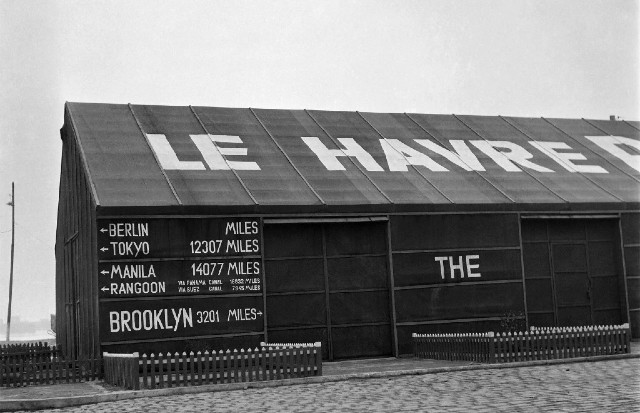Courses should also be limited to two years and be made more flexible, according to the report, entitled “Time for fast flexible learning”, which was submitted to the deputy education minister Nyamko Sabuni on Wednesday.
“Interruptions during SFI are far too long and too numerous today. I am persuaded that a time limit could create incentives to improve the efficiency of education and help to increase processing,” said Birgitta Ornbrant, who headed the inquiry, in a statement.
The inquiry however proposes retaining flexibility in the courses, “similar to that which applies to other adult education”, but that the right to participate in SFI would be removed after four years residency.
The purpose of the enquiry was to analyse and provide recommendations for how newly arrived immigrants can be helped to learn Swedish faster.
Among the proposals for changes in the system and teaching methods, the report recommends that courses should be individually adapted and documentation should be improved.
It is furthermore recommended that the government appoint a delegation to consider the applicability of flexible teaching methods and technology in order to better “adapt (the education) to the individual’s background, needs and academic capacity”.
It is also proposed that labour market training and the general education system be reviewed to ensure that it meets the demands of individuals after the completion of their language tuition.
Swedish for immigrants is part of the public adult education system in Sweden and is available to all those aged 16 and above who do not have basic Swedish knowledge.
Municipalities are required to offer Swedish language instruction with courses normally beginning within three months of registration of residence. Courses are typically divided into three levels according to ability.



 Please whitelist us to continue reading.
Please whitelist us to continue reading.
Member comments